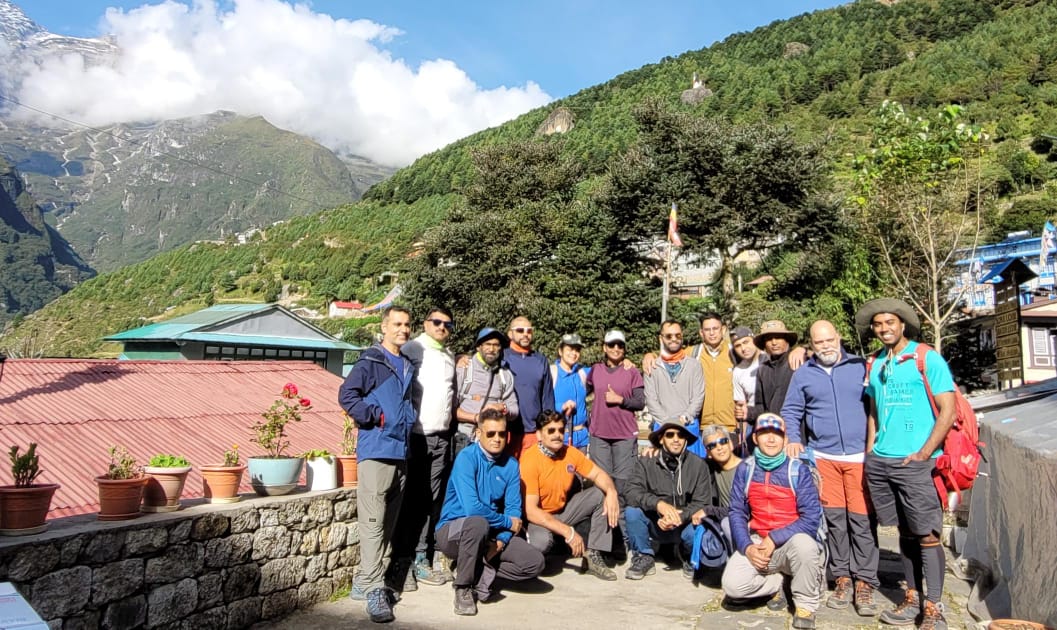Preparing for a trek to Mount Everest demands a comprehensive approach to physical readiness, considering the harsh conditions and extreme altitude. Here's a detailed breakdown of the physical preparation necessary:
1️⃣ Cardiovascular Training:
Cardiovascular endurance is crucial for coping with the high-altitude demands of the Everest trek. Engage in regular cardiovascular exercises like running, cycling, or swimming several times a week. Begin with moderate sessions and progressively increase both the duration and intensity of your workouts. Aim for a mix of steady-state cardio and interval training to enhance your overall endurance capacity.
2️⃣ Strength Training:
Strengthening your leg muscles is paramount for navigating the challenging terrains of Everest. Integrate exercises such as squats, lunges, step-ups, and calf raises into your routine to fortify your lower body. Incorporate both bodyweight exercises and resistance training to build endurance and power in your leg muscles.
3️⃣ Hiking
Hiking serves as a vital component of your training regimen to simulate the prolonged walking periods encountered during the Everest trek. Begin with shorter, less strenuous hikes and gradually progress to longer distances and higher elevations. Focus on incorporating uphill and downhill segments to mimic the varied terrain of the Everest region.
4️⃣ Yoga or Stretching
Flexibility and muscle suppleness are essential for preventing injuries and maintaining mobility throughout the trek. Integrate regular stretching sessions into your routine, focusing on major muscle groups such as the legs, back, and shoulders. Consider incorporating yoga practice to improve flexibility, balance, and core strength, which are all beneficial for mountain trekking.
5️⃣ Acclimatization
Acclimatizing your body to the altitude is critical for a successful Everest trek. Spend time at higher elevations before the expedition if possible, or choose a trekking route that includes gradual ascent and designated acclimatization days. Allow your body sufficient time to adjust to the decreased oxygen levels to mitigate the risk of altitude sickness.
In addition to these training strategies, prioritize hydration, nutrition, and adequate rest to support your physical preparation. Consume a well-balanced diet rich in carbohydrates, proteins, and healthy fats to fuel your training and optimize recovery. Listen to your body and modify your training plan as needed, paying attention to any signs of discomfort or overexertion. By diligently following a structured physical preparation routine, you can enhance your readiness for the challenges of trekking to Mount Everest.




